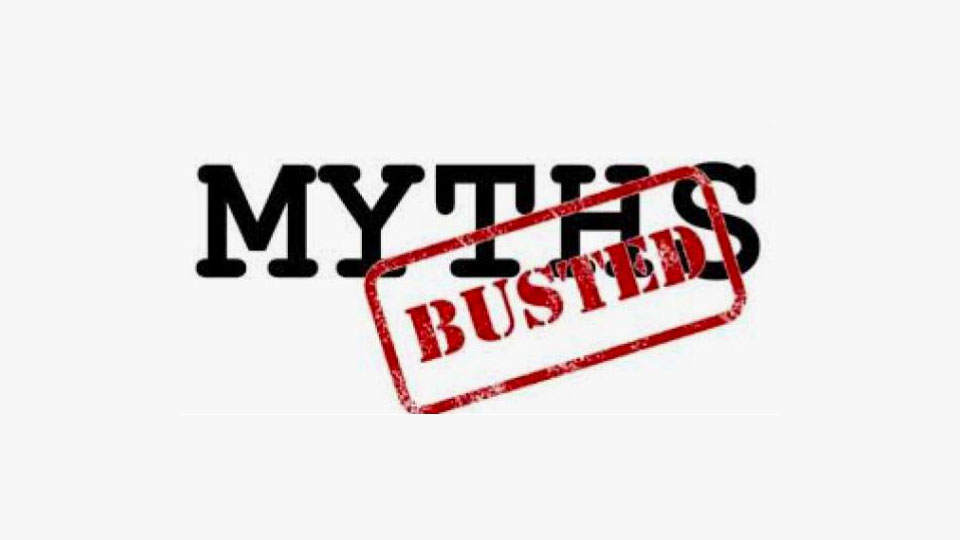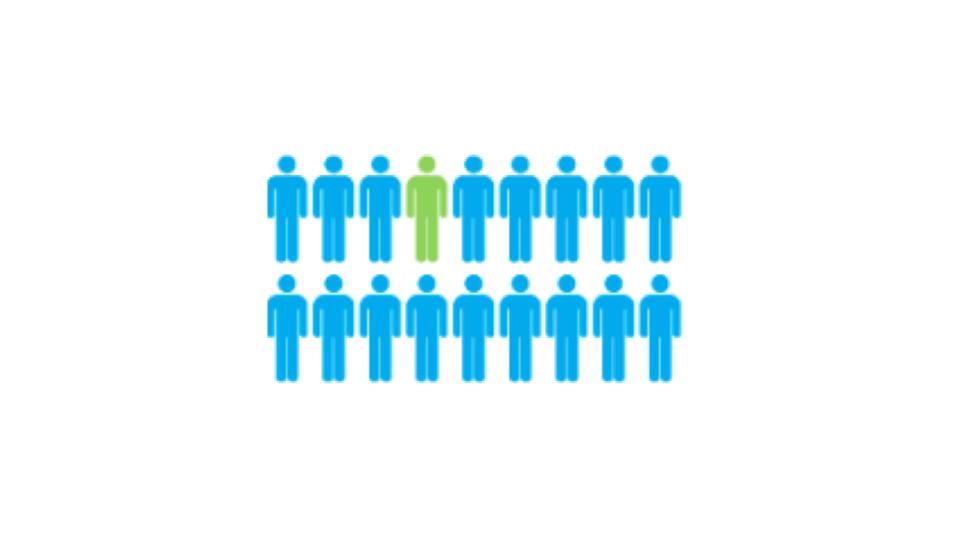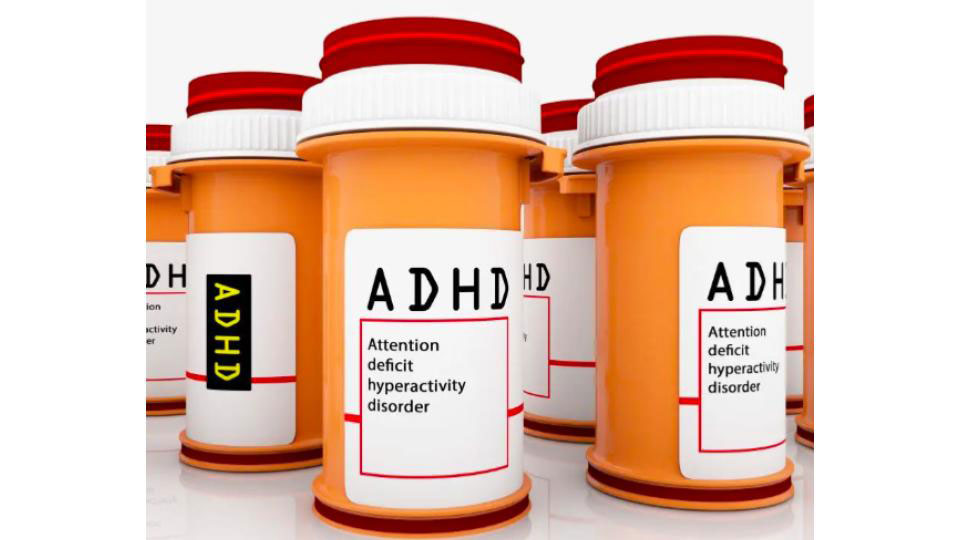Trauma

Psychological trauma refers to our emotional response to an extremely distressing event or experience that overwhelms our capacity to regulate our emotions. Traumatic situations usually involve a threat to one’s life or safety. It is anything that shatters our sense of security, making us feel helpless and out of control.
However any perceived threat can cause the same reaction; for example any situation that makes you feel overwhelmed or isolated even if not involving physical harm also evokes the same response. Psychological trauma can leave you struggling with upsetting emotions, memories, and anxieties that won’t go away. It can also leave you feeling numb, disconnected, on edge and unable to trust other people.
Impact of Trauma
The impact of trauma can be extremely destructive and overt, however in some cases it can be very subtle and nuanced and can be better understood in context of the domains listed below.
Emotional Regulation
After experiencing a traumatic event, it can be hard to regulate emotions such as anger, fear, sadness, shame and guilt, especially if the event occurred at a young age. It can lead to feeling too much (overwhelmed) or feeling too little (numb). It can also lead to confusion and irritability.
Functioning
It can lead to impairment in activities of daily living. This might be seen as poor academic performance, isolation from social situations and losing motivation for basic grooming and hygiene. Some days might be harder than others.
Physical
Trauma can sometimes be associated with physical symptoms like nausea, headaches, exhaustion or fatigue and heightened state of arousal.
Self- esteem
Traumatic events can also negatively impact a child’s self esteem and perception of their own abilities. Since fear, shame and guilt are common responses to trauma, a lot of children end up blaming themselves for the distressing event.
Some signs to watch out for
- Flashbacks or nightmares
- Intense fear of it recurring
- Withdrawal and isolation from activities of interest or daily life
- Irritability
- Sudden changes in mood
- Anxiety or frequent panic attacks
- Difficulty concentrating
- Daily functioning – in academic, social and personal domains
- Sleep difficulties
- Dissociation
Diagnosis
Although trauma in everyday life is used for the experience or event which is distressing, DSM 5 categorizes PTSD- post traumatic stress disorder into the following categories of diagnostic criteria:
- Being exposed to the traumatic event
- Intrusive thoughts/dreams regarding the same
- Avoidance of distressing memories or external stimuli associated with the same
- Impact on cognitions, mood and self esteem
- Changes in reactivity and arousal (eg., hypervigilance, irritability, risk taking etc)
- Impairment in daily functioning
- Duration of the symptoms experienced
- Any dissociation or depersonalization if experienced
It is diagnosed through a thorough psychological evaluation of a patient’s symptoms, behavior, and detailed medical and psychiatric history during the intake interview. On a case to case basis further assessments focused on identifying specific behaviours may be required.
Some individuals may clearly display criteria associated with posttraumatic stress disorder (PTSD), but many more people might show resilient responses or brief subclinical symptoms or consequences that fall outside of diagnostic criteria.
Treatment
The main treatment for PTSD involves psychotherapy and medicines. It can be extremely hard to come to terms with your trauma, but the first step is always identifying it.
Psychotherapy
Cognitive Behavioural Therapy- This involves using multiple techniques to identify maladaptive coping patterns that have emerged due to the trauma, and help challenge them. This may involve psychoeducation, understanding your triggers, identifying cognitive distortions and restructuring them. This can also involve challenging your perspective about why the traumatic event occurred and the thoughts and beliefs you’ve developed since.
For trauma, there is a trauma focused approach in CBT which teaches children to manage the resulting anxiety through relaxation, creating a trauma narrative, coping with distressing thoughts, and emotional regulation.
Prolonged Exposure- This is a part of the cognitive behavioural approach which involves systematically exposing yourself to your fear in a safe environment overtime, until the effect of the fear is not significant. The theory being the heightened response that is activated when there is a perceived threat will automatically subside if exposed to it long enough. However this has to be done in a safe environment so as to not recreate the traumatic experience.
Other techniques
Sometimes somatic grounding exercises, practicing mindfulness and in the moment coping strategies can offer short term relief.
*It can be extremely hard accepting and talking about something traumatic for your child. At this time showing empathy for them is key, don’t question their experience, even if the same event didn’t affect someone else doesn’t mean their experience was false.
Related Blogs

Treating OCD at STEPS


Types of Obsessive Compulsive Disorder

Obsessive Compulsive Disorder Overview, Symptoms and Prevalence

Treating ADHD at Steps : Therapy

